Rueda
22&23 May 2019 via CAMINO DEL SURESTE
We have a few days to try some of our favorite wines – the aromatic Verdejo whites from Rueda and the opposite – the full bodied Tinta de Toro reds from Toro. The regions are only 40km apart but the wines couldn’t be more different.

It’s only 13 km (2 hours 45 minutes) from Tordesillas to Rueda following the Camino del Sureste backwards so we decided to walk.
We have been to Rueda before, in 2017 (click here). We come for the uniquely elegant, fruity and aromatic Verdejo white wines. Having been first planted here in the 11th century, Verdejo now qualifies as a native. Since the Designation of Origin (DO) Rueda was created wine drinkers in Spain have began to convert from their staple red wine to whites.
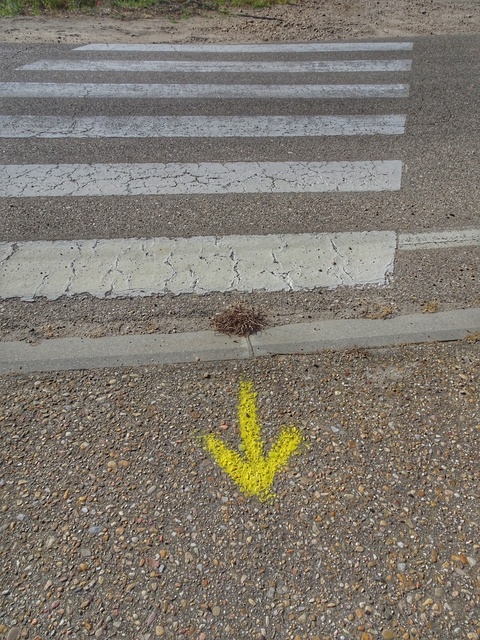
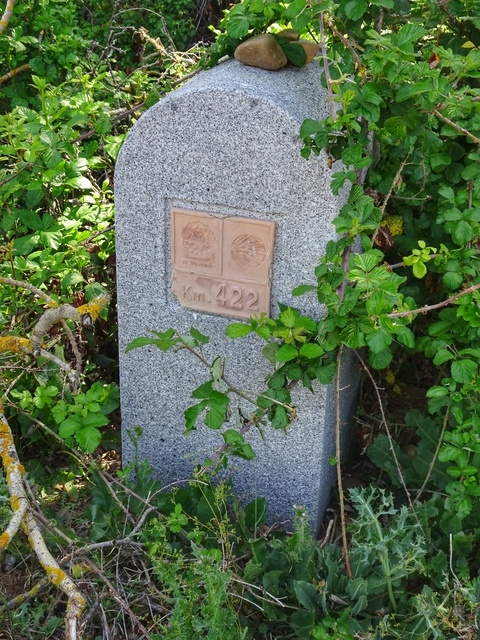
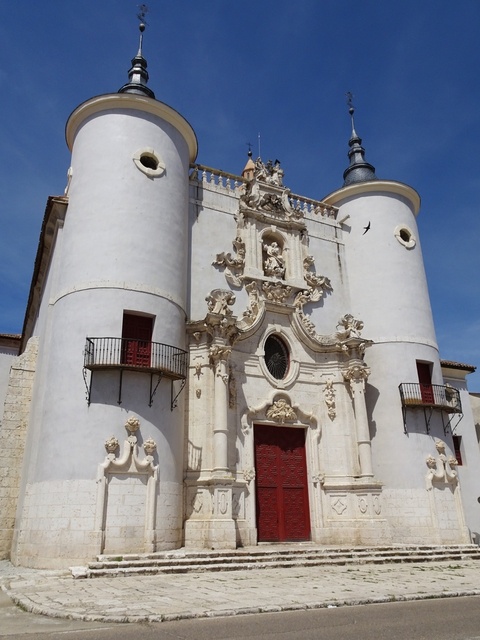
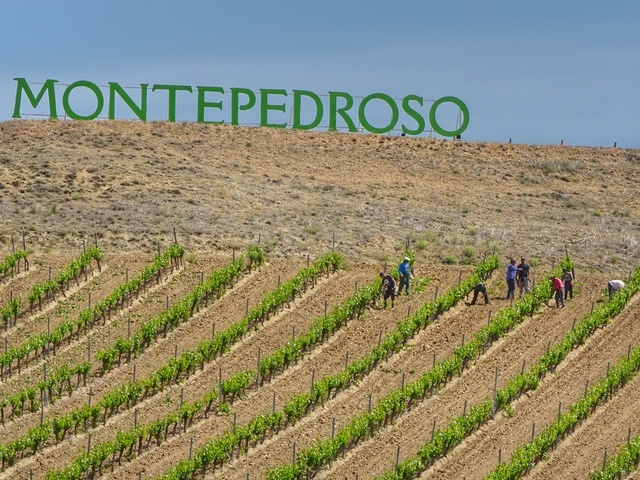

“Verdejo is not most people’s first wine, nor is it their second wine. It’s not a wine that your friends discover on international travels, because nobody goes to Rueda, Spain. So, if you’ve tasted Verdejo already, your part of a very small group of enthusiasts!” Wine Folly
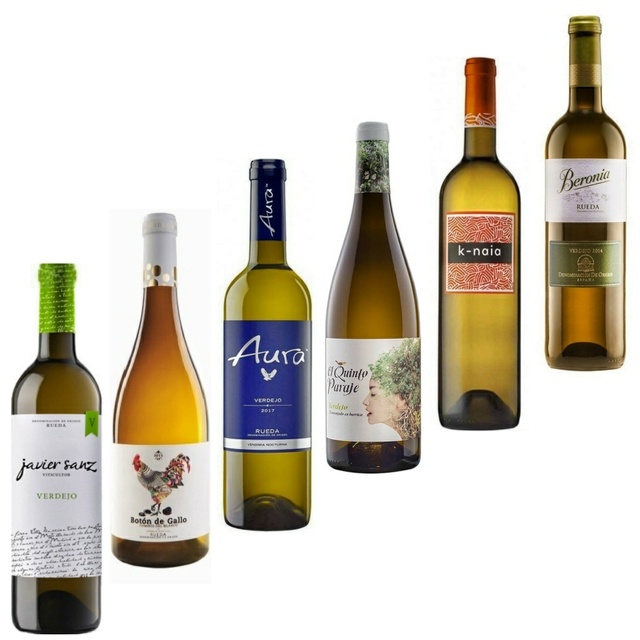
We were a bit disappointed with the 2018s; they didn’t have the intense tropical fruits of 2016

“Mahogany color and scent of scrubland:
The blend of Verdejo and the botanic essences give this vermouth a mahogany color with amber reflections, intense aroma, where aromas of scrub dominate, such as fennel, elderflower with hints of thyme and rosemary, so characteristic of the Verdejo variety. Balanced mouth with a bitter, pleasant and long finish, leaving the balsamic memories found in the nose.”
Back in Peñafiel we spotted Vermouth made fron Verdejo but hadn’t seen it since. Luckily we we able to get a bottle in Rueda.
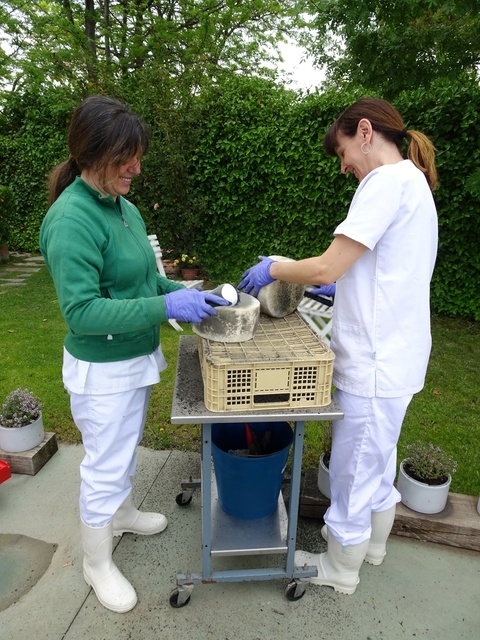
We bought some 18 month old cheese, delicious and marries well with a young Verdejo
Toro
24&25 May 2019
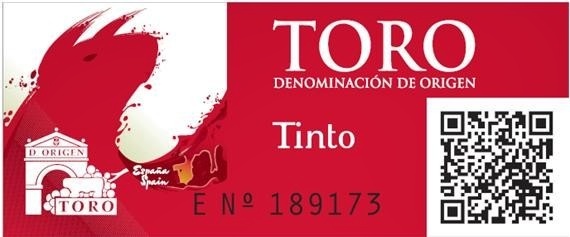
In the 15th century Columbus took Toro wines on the first trip to America, naming one of his three ships La Pinta (a measure typical of the Toro area, about 6 litres) and transporting the wine in this ship.
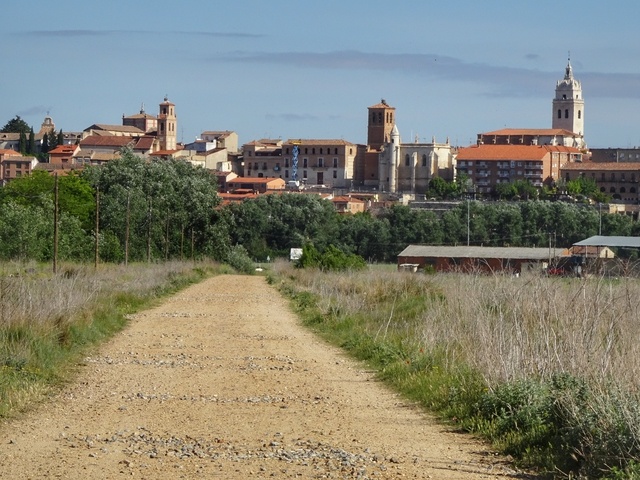
Toro, bypassed by the motorway, really is a “hidden gem”. Here in 1476 the Catholic Monarchs, Isabel and Fernando, defeated their rivals and consolidated “Spain”. It’s a historical and monumental city with a pre-Roman stone bull, a Moorish castle, one of Spain’s oldest bull rings and dozens of Medieval churches – the tourist information guide lists 43 sites, all packed into a few blocks. Refreshingly there were no crowds of selfie snappers.
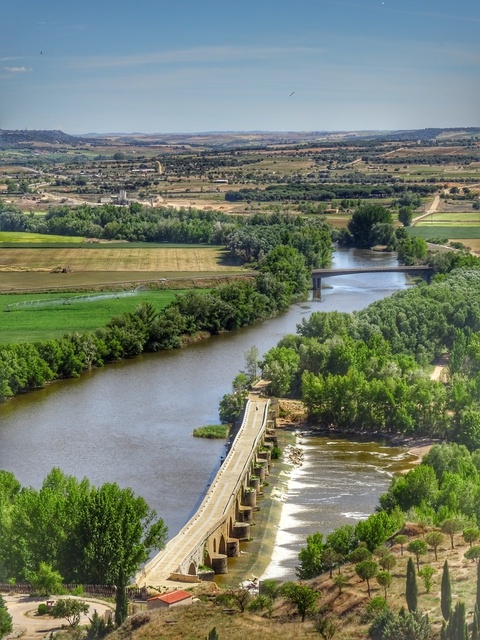
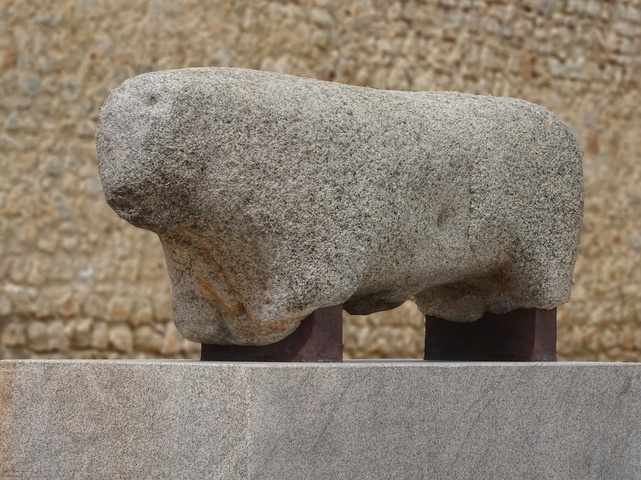
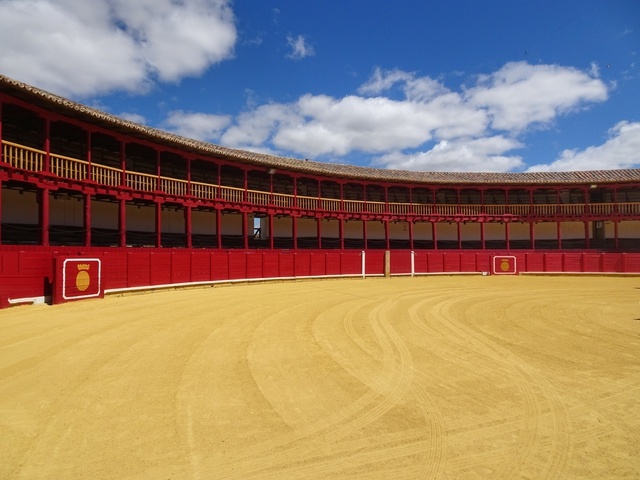
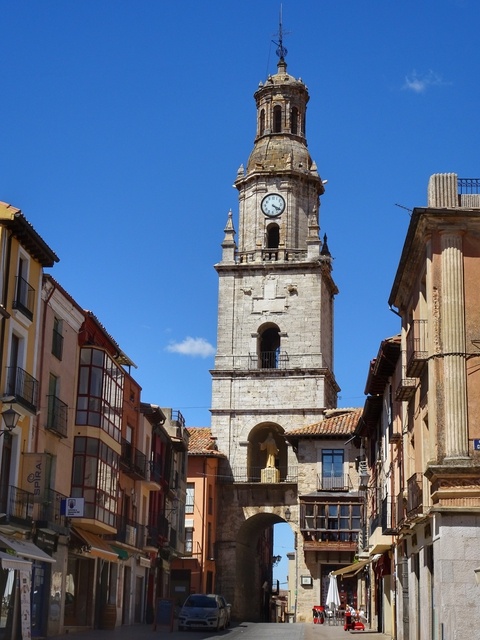
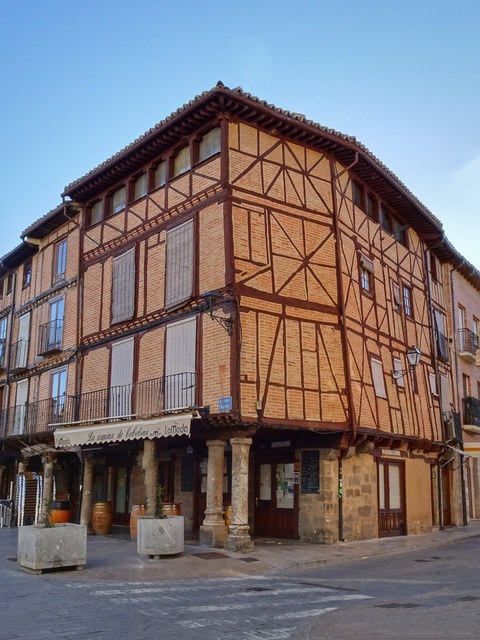
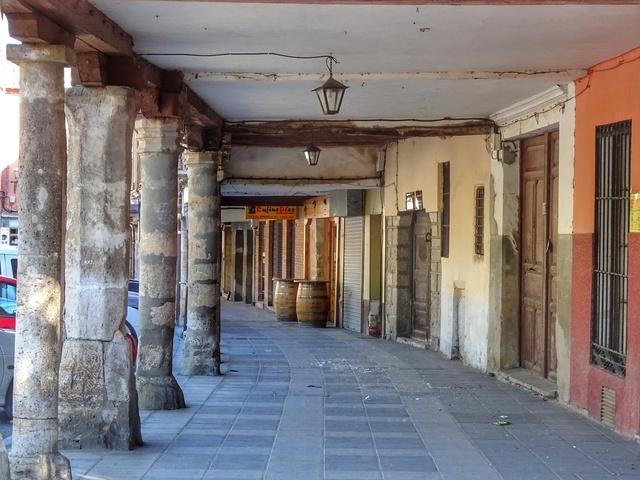
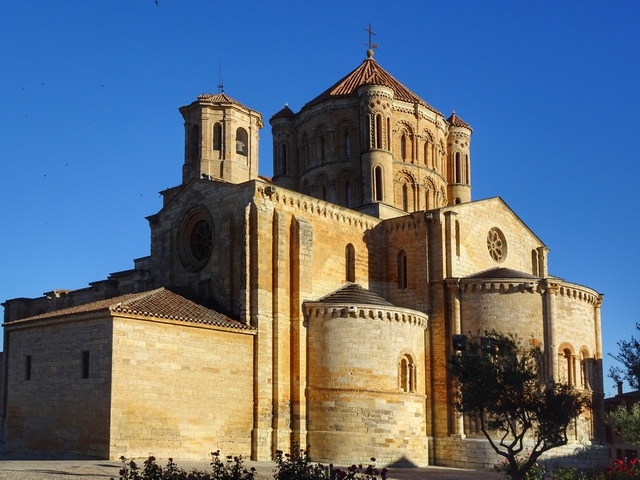
Construction began in the 12th century, a transition between Romanesque and Gothic Styles


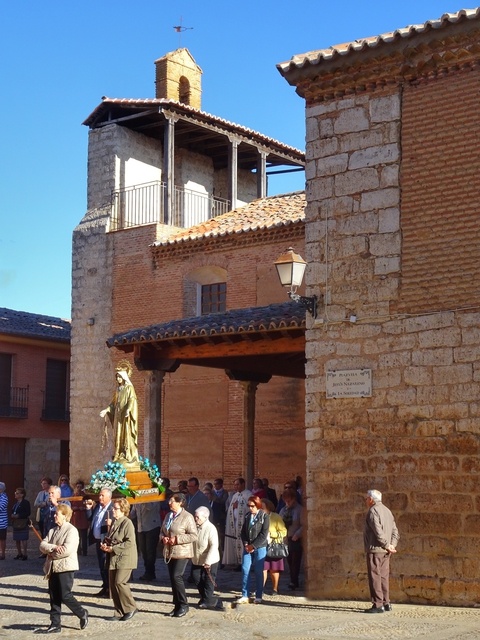
The Tinta de Toro (naturalized Tempranillo) grape variety is grown in the region of Toro. Its origins date back to Romans times around 2nd century B.C. Tinta de Toro managed to survive the 19th century phylloxera plague and today there are ungrafted vines more than 150 years old. The wine is full bodied and powerful – it can reach 15% alcohol. Downside – in two days we could only taste a few.
Pouring a good Toro is like poring chocolate: dark, rich and luscious. Drinking it is like being in the cellar taking wine from the barrel. There’s a slightly earthen, mushroom smell and a taste of toasted oak. If we were going to America this is the wine we’d take too!
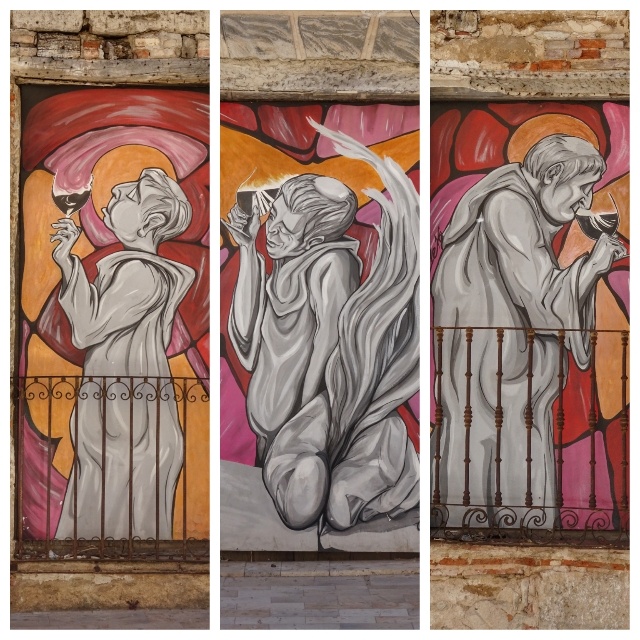
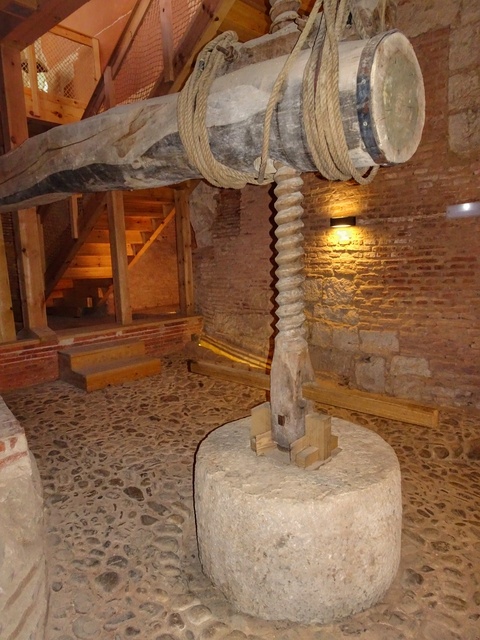
The screw allowed the beam to drop to crush the grapes and extract the must for wine making
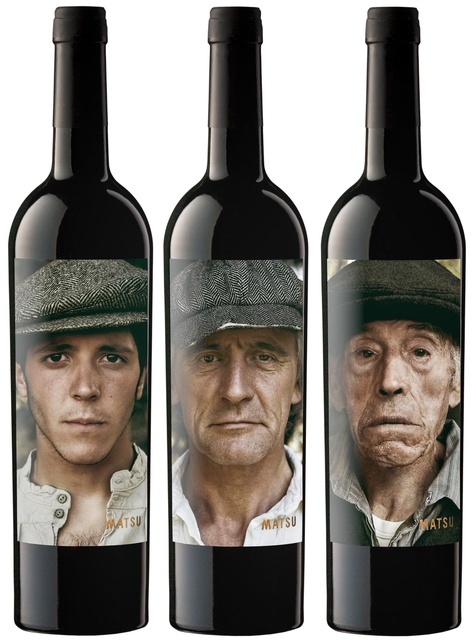
Being mature ourselves, we went for the Crianza made from 100 year old vines with14 months in French oak
